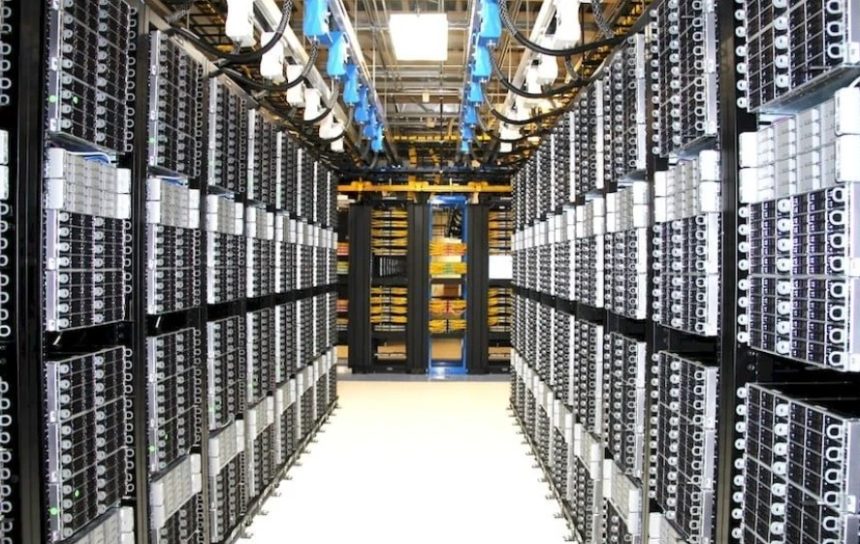UK’s Data Center Security: Strengthening Cyber Defences in an Evolving Threat Landscape
The UK’s data centre infrastructure has been officially recognised as Critical National Infrastructure (CNI) — a move that signals not just its economic value, but the growing urgency to shield it from rising cyber threats.
This designation by the UK government puts data centres under a sharper lens, especially as global threat actors shift focus toward exploiting overlooked vulnerabilities.
And while investment in the sector is booming, there’s growing concern about where that money is going, and more importantly, what it’s missing.
The Overlooked Threat: OT and IoT Systems
“Data centre operators have traditionally prioritised IT security,” but a huge gap remains. Operational Technology (OT), including power systems, cooling infrastructure, and safety mechanisms, often flies under the radar of cybersecurity teams.
These systems, essential for running physical infrastructure, are increasingly exposed to digital threats.
Many of these OT networks are more interconnected than believed, sometimes even internet-facing. Basic defences like software updates or secure credentials are lacking, making them ripe targets for hackers.
It’s a quiet Achilles’ heel. A digital backdoor that could grant threat actors persistent access to critical infrastructure, without ever touching the main servers.
IoT Devices: Convenience or Cyber Risk?
Then there’s the growing number of Internet of Things (IoT) devices, IP cameras, fire suppression systems, and biometric readers. They’re everywhere.
“Like OT systems, these devices often use stripped-down, embedded operating systems that lack critical cybersecurity functions,” making them ideal entry points for attackers.
Every connected device is a potential security gap. And in today’s interconnected networks, one weak point can unravel an entire system.
When the Real World Meets Real Risks
The threat isn’t theoretical. There have been numerous incidents of OT and IoT vulnerabilities being actively exploited. “IP cameras have been hijacked for botnet attacks,” and building management systems have been turned into platforms for illicit crypto mining operations. It’s not just embarrassing, it’s dangerous.
These are not isolated events. They highlight a systemic issue: the undervaluing of OT and IoT security in high-stakes digital environments.
Closing the Gaps Before They Open Wider
Fixing this problem isn’t about shifting budgets, it’s about shifting mindsets. Operators must gain visibility into all connected systems. That means knowing what’s online, understanding its function, and identifying vulnerabilities.
Real-time asset monitoring is vital. “This includes monitoring network traffic for suspicious activity and implementing anomaly detection systems tailored to OT and IoT protocols.” Even subtle signs, like a camera pinging a server, can signal a deeper compromise.
Wireless communication adds another layer of complexity. Many IoT devices run over WiFi, LoRa, or mobile networks, meaning traditional monitoring tools might miss them entirely. A new, more agile toolkit is needed.
While the ultimate responsibility lies with operators, collaboration across sectors is critical. The National Cyber Security Centre’s (NCSC) Active Cyber Defence (ACD) programme is a strong start.
But keeping ahead of adversaries means sharing knowledge and staying in step with evolving threats.
Data centre operators must act with urgency. They need to:
- Discover and document every OT/IoT device
- Assess vulnerabilities regularly
- Segment critical systems from the wider network
- Monitor all activity in real time
- Prepare for OT/IoT-specific incident response scenarios
The message is clear: cybersecurity must evolve. IT defences alone won’t cut it anymore. Operators must extend protection to the physical systems that keep their data safe.
“By taking simple, proactive steps, data centre operators can significantly reduce their cyber risk and ensure the resilience of these critical facilities.”
In an era where digital infrastructure powers everything from financial systems to emergency services, safeguarding data centres isn’t just good practice, it’s national security.






